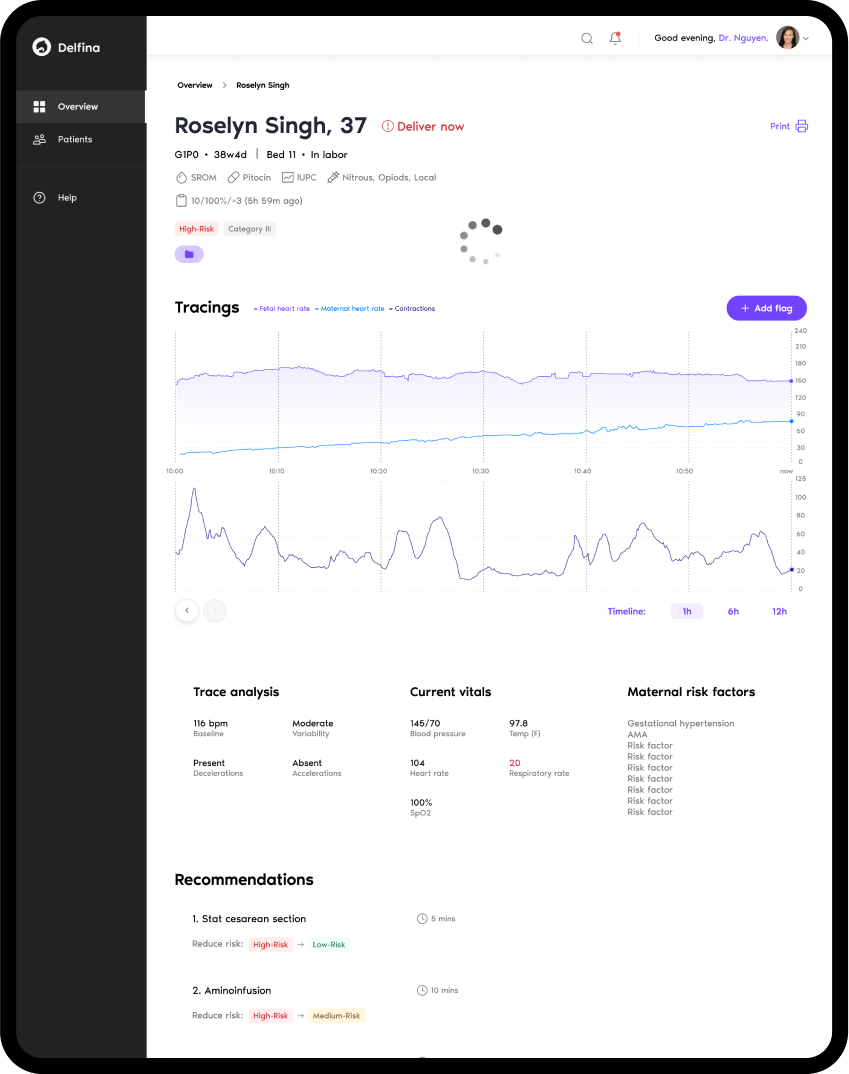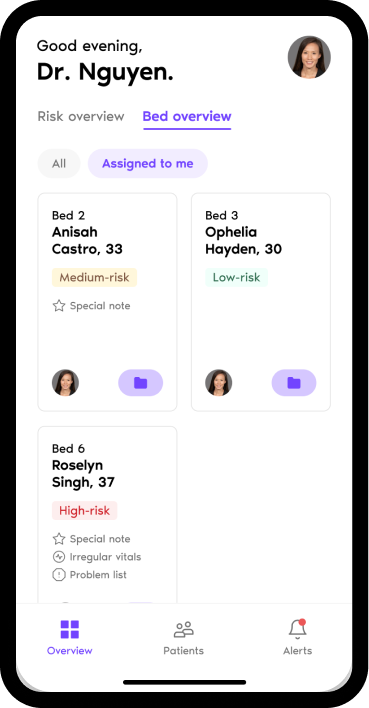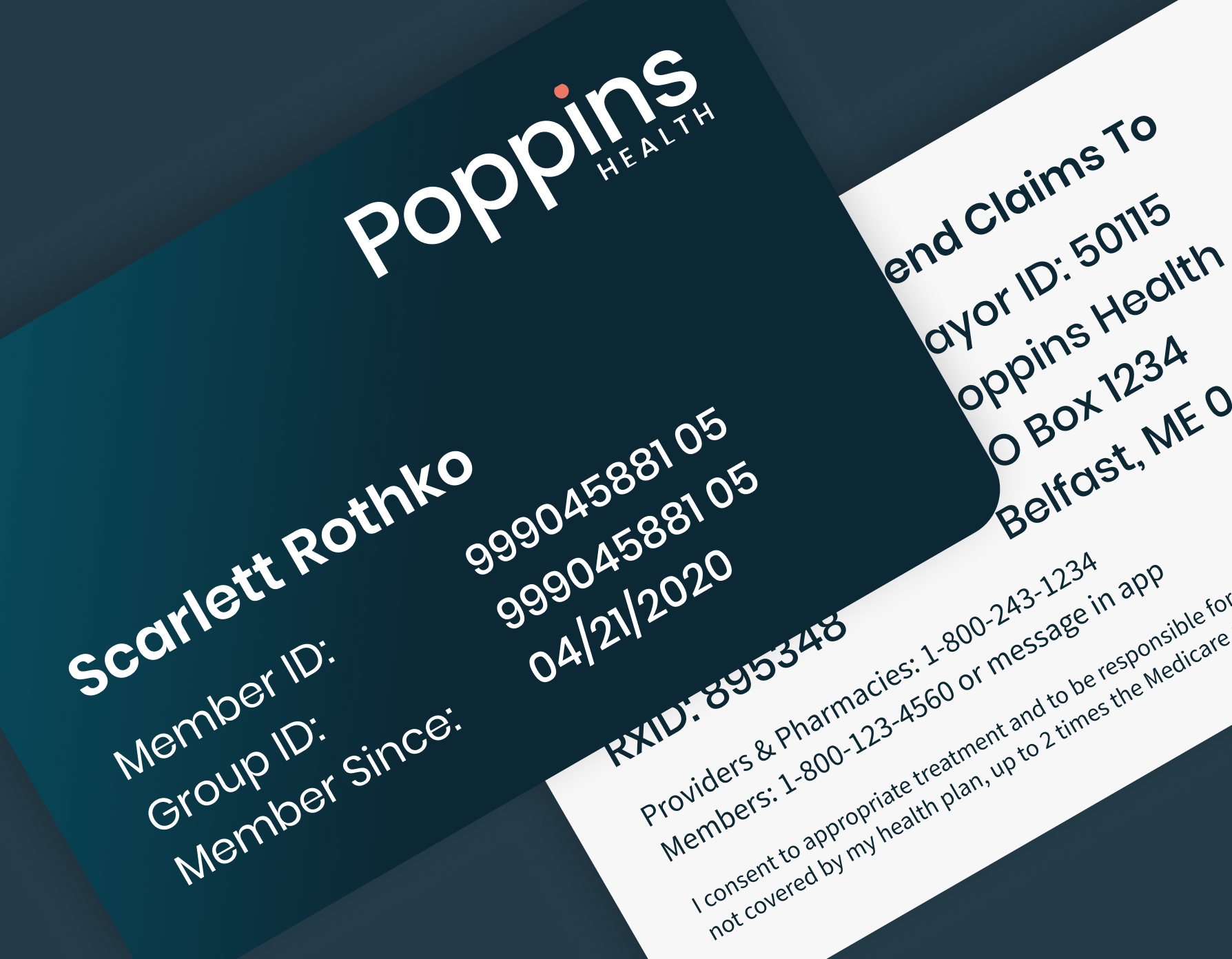Good design can save lives, and Senan knows this for a fact
Prior to Delfina, Senan Ebrahim co-founded Hikma Health, the world’s first EMR and mobile health data system designed specifically for refugees.
In countries like Syria, Lebanon, and Nicaragua, low internet connectivity and dated operating systems often shift software design from aesthetically pleasing and user-centric to purely functional. However, going against this status quo and investing heavily in product design is actually what led to Hikma's adoption.
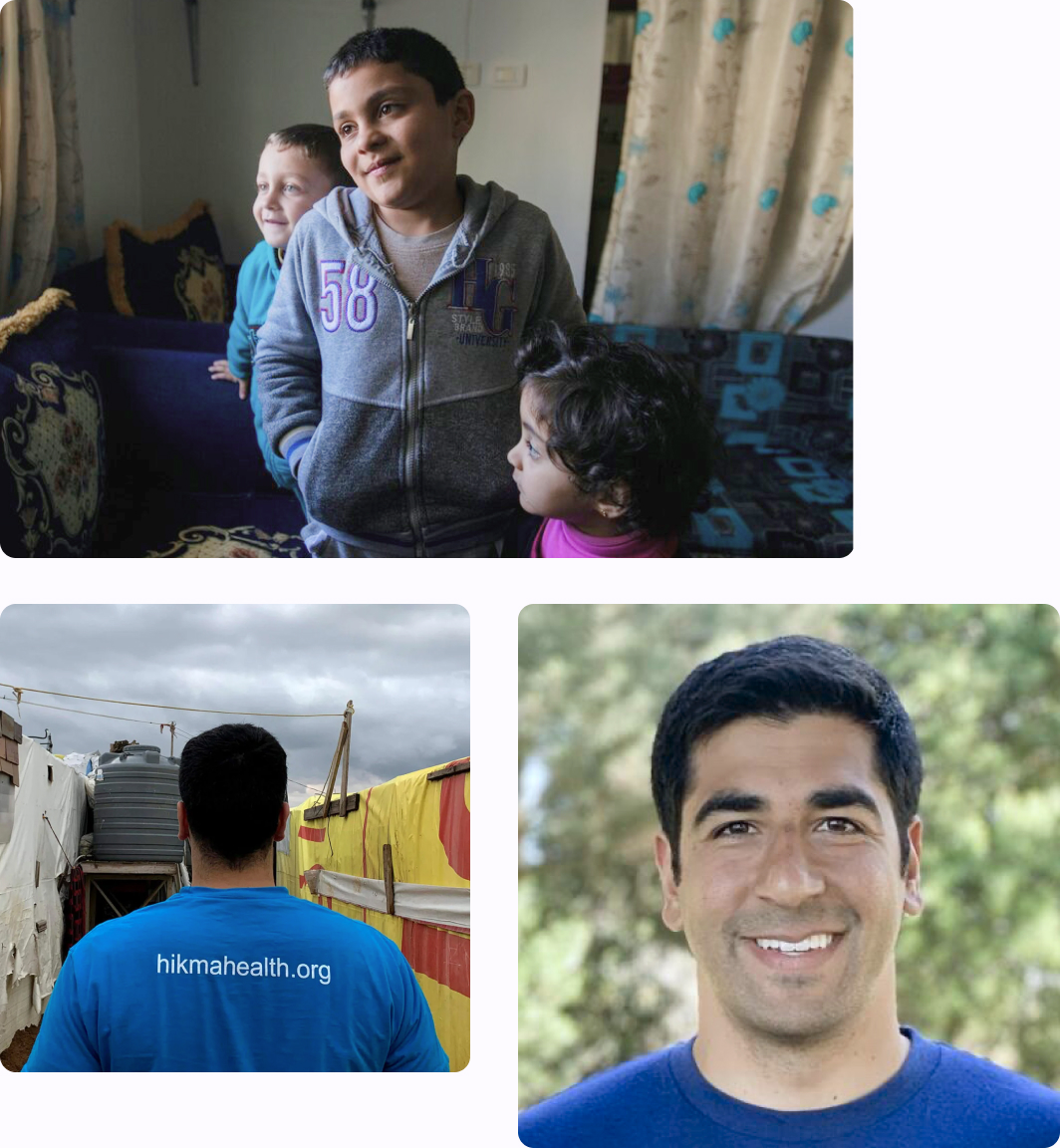
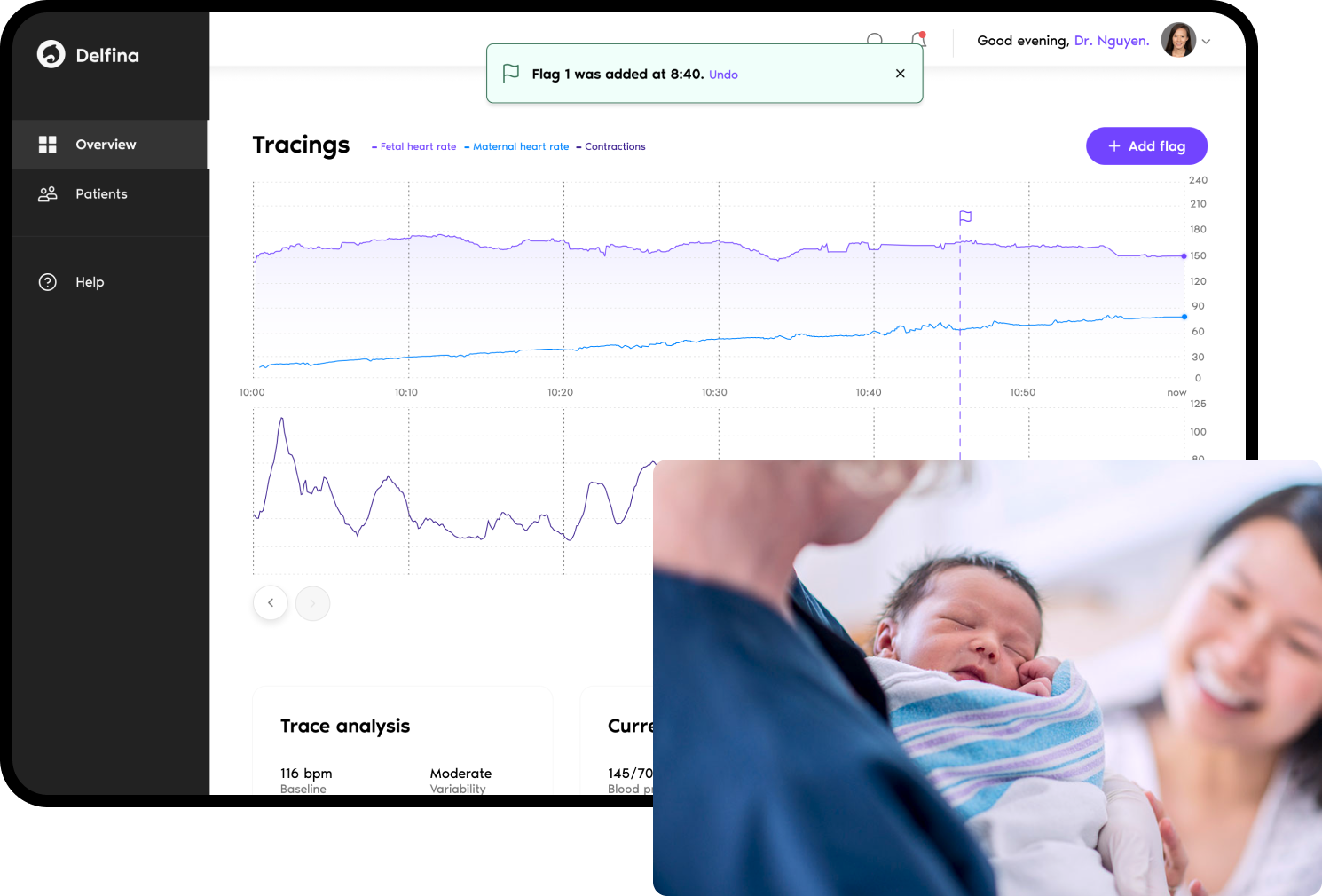
This time, he's leveraging design and data to predict (and prevent) pregnancy complications
As a Harvard physician-neuroscientist, Senan is dedicated to using technology to improve global health. He co-founded Delfina, an AI-powered care management platform, to improve health outcomes for birthing moms and babies.
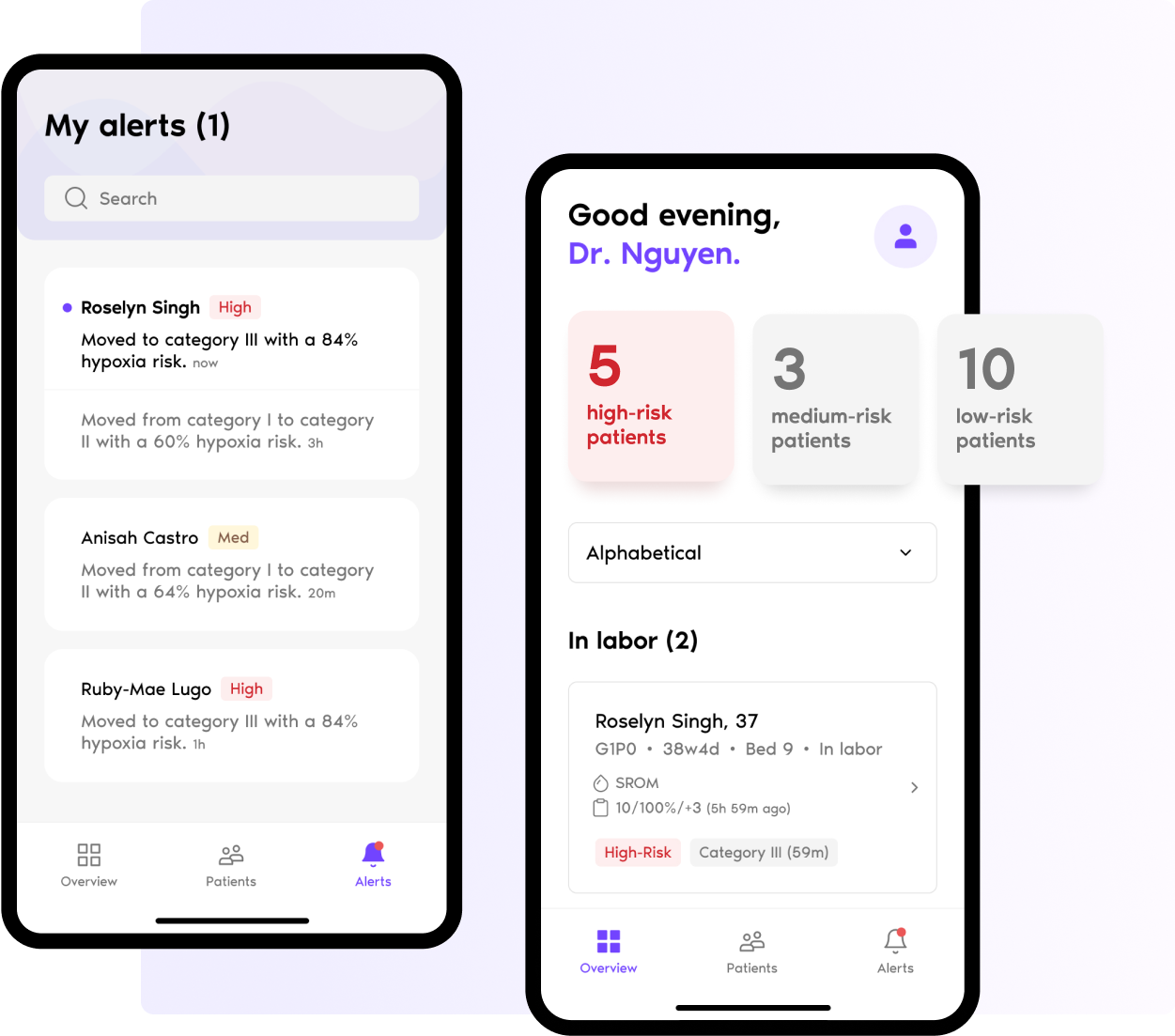
Our goal
Thoughtfully interpreting data to make it usable
For the initial version of the platform, Delfina focused their expertise on maternal and fetal monitoring to identify high-risk patients in early or active labor.
This data behind the machine learning algorithm needed to be presented to the clinician with actionable insights and clean visualizations.
A product designed for both patients and providers
Using the Delfina team's initial design concepts and light wireframes, our team needed to iterate on and create consistency between the designs for both the clinician-facing application along with the patient-facing application for families.
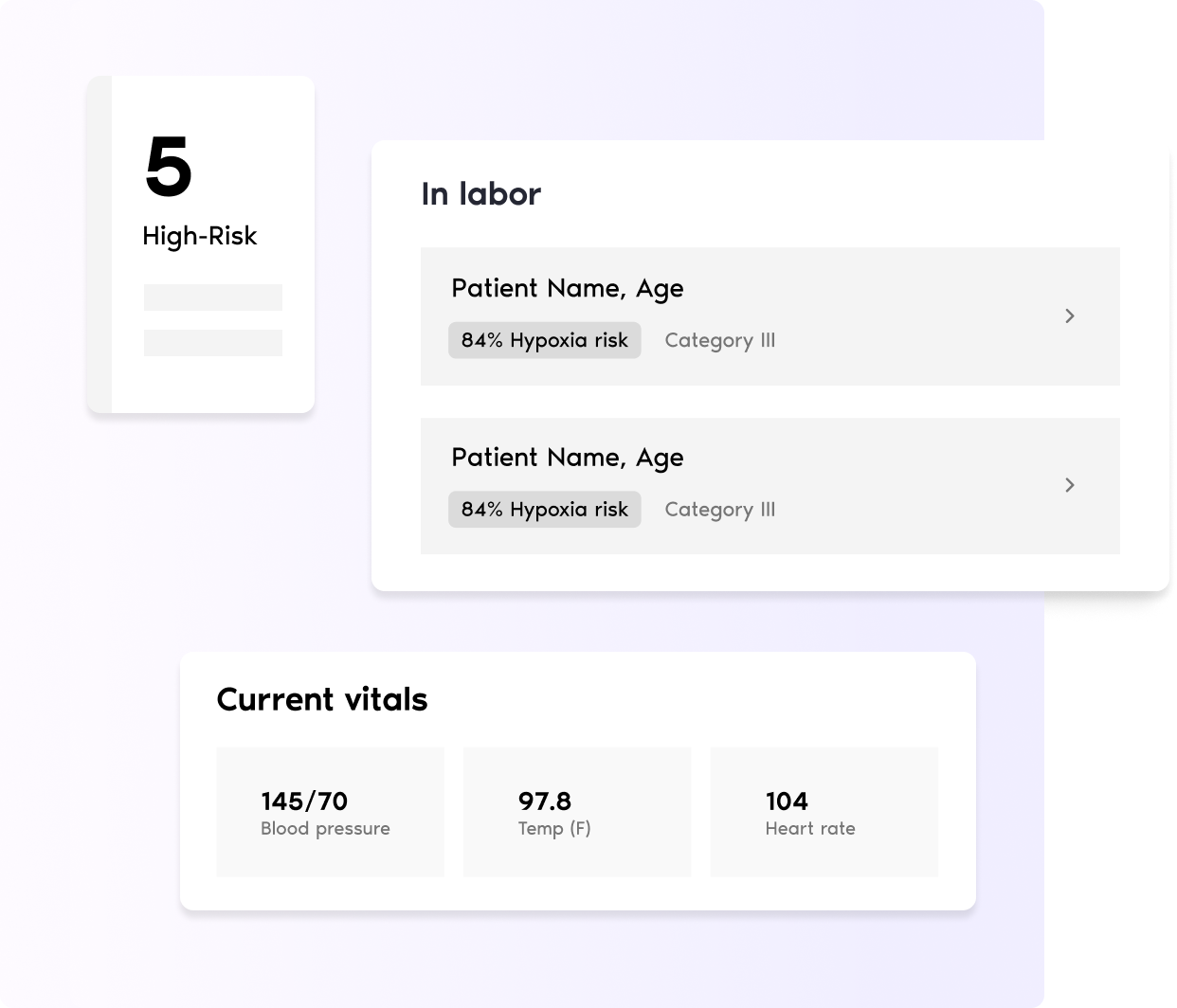
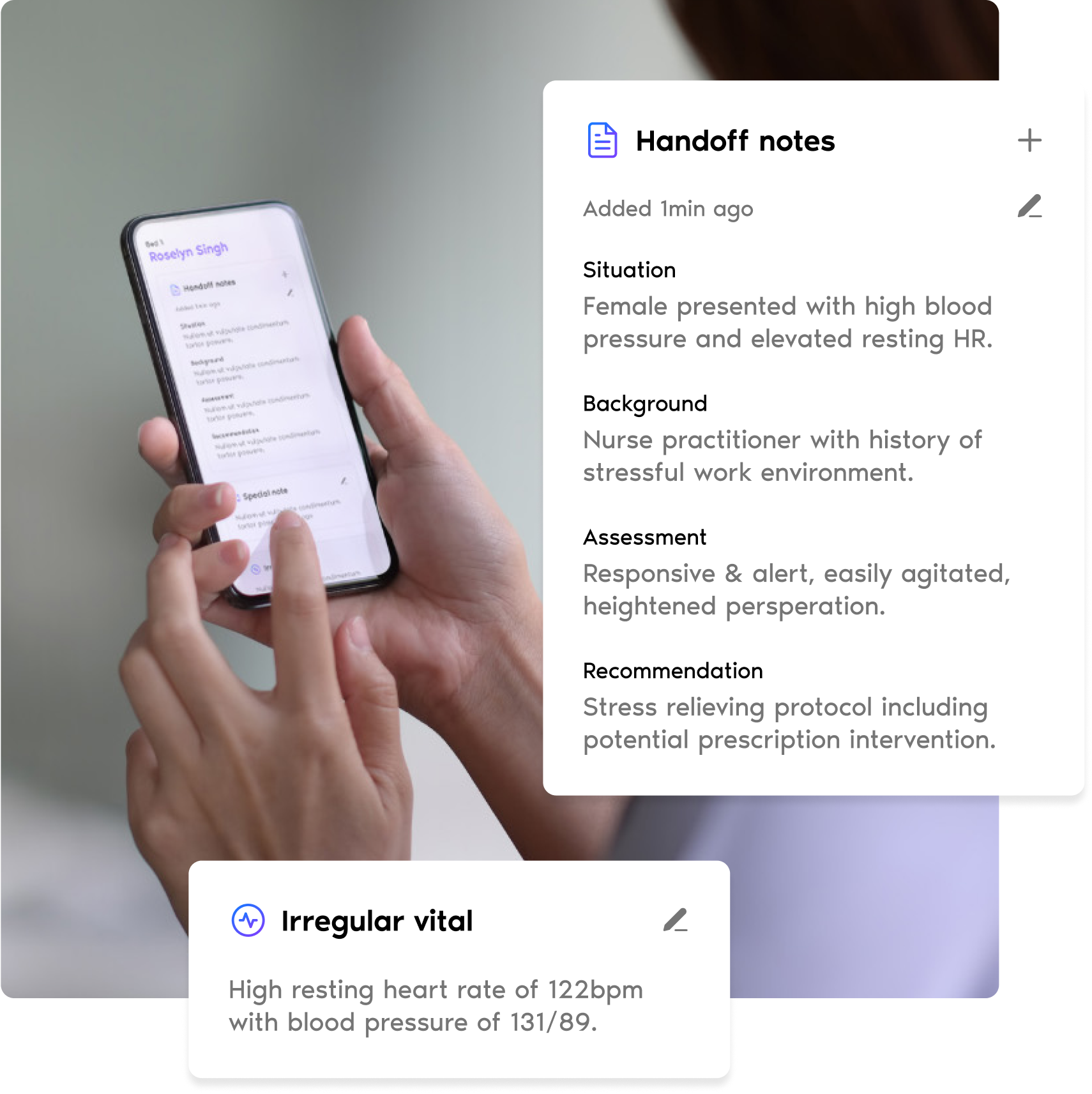
Our approach
Reflecting real habits, workflows, and physical behaviors
This meant building a mobile-first platform for time-pressed clinicians who requested better monitoring of patients in labor and delivery, along with easy sharing of patient information between shifts.
The information architecture and hierarchy of data presented was critical to get right.
Translating requirements into designs
We audited Delfina’s early wireframes, analyzed physician feedback, and turned our insights into a base layer of user-centric clinical workflows.

After creating these core application views, we applied a second layer of design to ensure the hierarchy of data was informative in the right ways: what data needed to be shared based on patient risk, and how?
By adjusting color, font size and weight, and the location of the data displayed, we could present data in a prioritized format for clinicians.
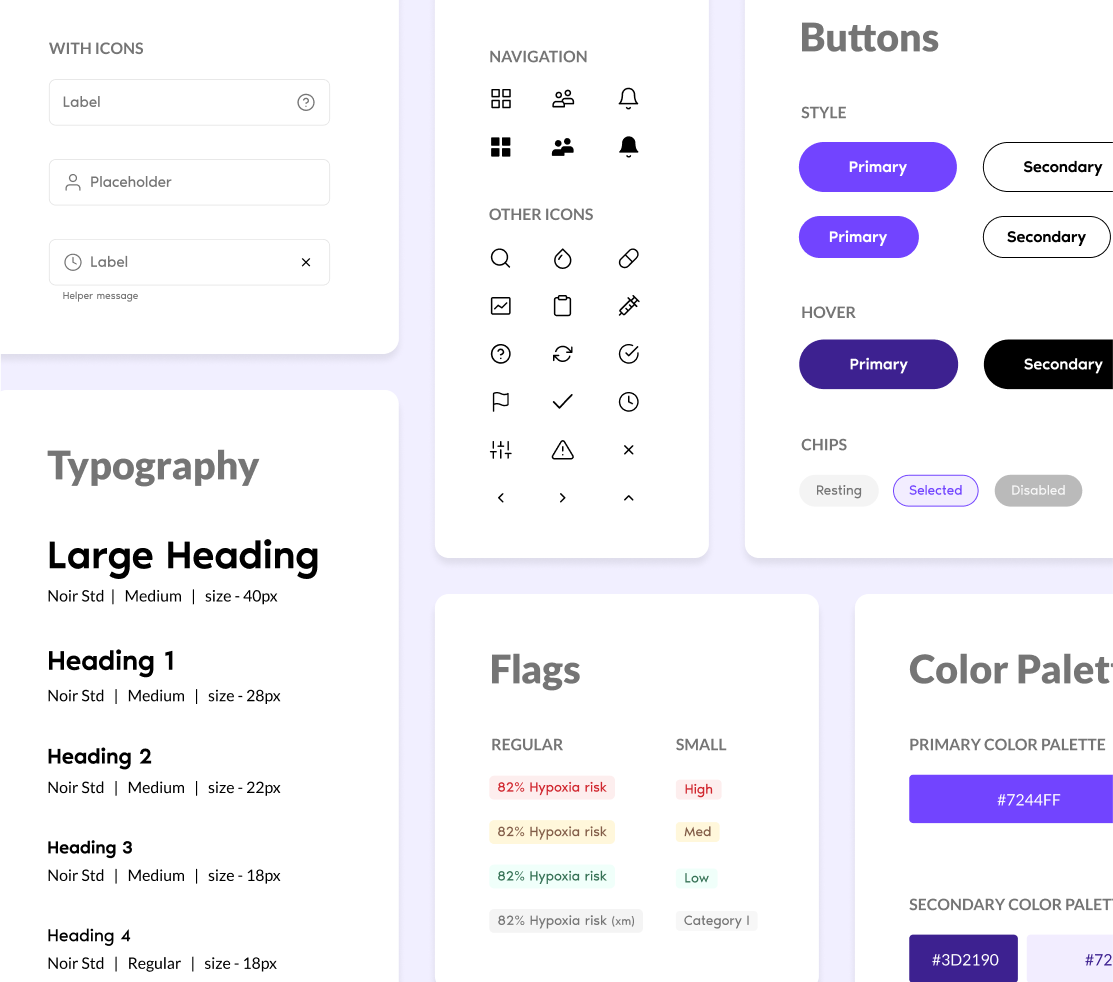
A final layer of design was then applied to focus on data that was actionable, making the app easy to navigate during high-alert moments.
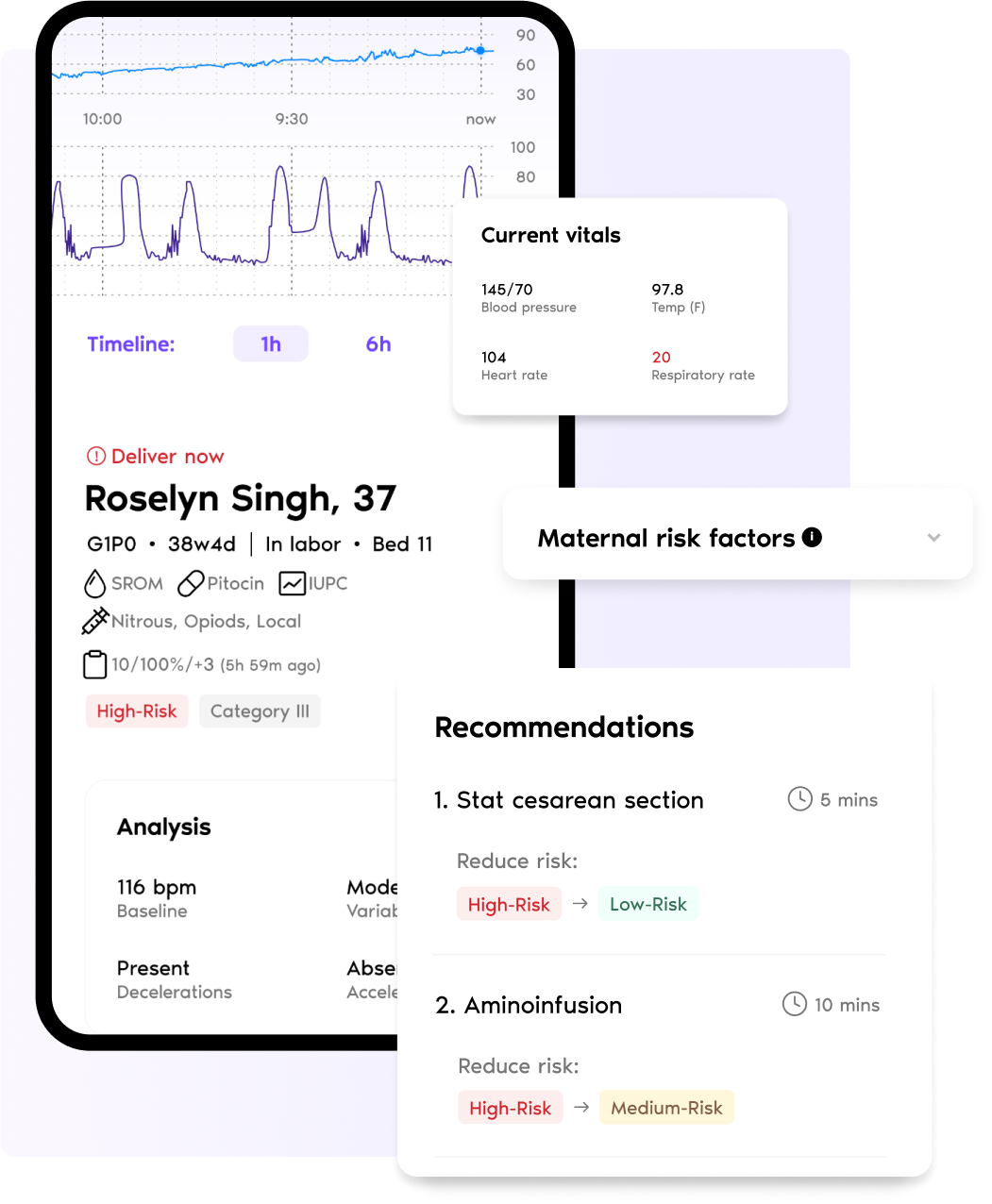

The result
Proving real-world outcomes
Now live in pilot programs across the country, Delfina’s platform is successfully able to predict hypertensive disorders in pregnancy earlier and more accurately than any other model published to date.
The next step in driving widespread adoption is demonstrating they can measurably save costs for our healthcare system. Hopefully, this will be accelerated by their recent partnership with Mayo Clinic and access to more data.

“Delfina wants to be that one place that integrates all these discrete sources of data so that the mom stays in the center of the care.”


